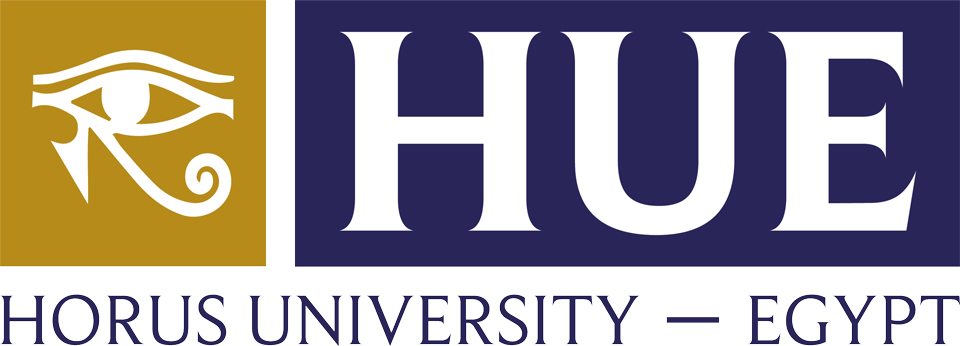Deskera ERP provides businesses with powerful tools to optimize cost management, streamline operations, and enhance financial accuracy. To control labor costs, companies can invest in automation, workforce planning, and productivity training. Utilizing time-tracking software and optimizing shift schedules can help reduce overtime expenses while maintaining efficiency. The cost of raw materials can vary due to market conditions, supply chain disruptions, or geopolitical factors. Sudden price increases can erode profit margins, making it difficult for businesses to maintain stable production costs. Tracking direct costs helps businesses decide where to invest, cut costs, or increase efficiency.
Understanding Manufacturing Costs: A Detailed Overview
It involves three significant expenses, i.e., direct material cost, direct labor cost, and factory or manufacturing overheads. Facility-related costs include expenses such as utilities, depreciation, property taxes, and insurance. These are part of manufacturing overhead and must be allocated to products for accurate cost accounting.
It illustrates the importance of a comprehensive manufacturing cost analysis. By regularly performing such analyses, companies can identify areas for improvement, optimize costs, and ultimately enhance profitability. The relationship between direct material and manufacturing overhead significantly impacts a manufacturing unit’s production cost and efficiency. Many businesses still rely on manual tracking methods, leading to delayed cost analysis and financial inefficiencies.
There can be various ways through which a company can manage and control its total manufacturing cost. Another measure is curtailing human resource expenses while ensuring higher productivity at the same compensation by reducing idle time or unproductive sessions. Simultaneously, the managers can reduce the indirect manufacturing overheads by saving on utilities. Indirect materials are supplies used in production but not part of the finished product, such as lubricants, cleaning supplies, and small tools.
📆 Date: May 3-4, 2025🕛 Time: 8:30-11:30 AM EST📍 Venue: OnlineInstructor: Dheeraj Vaidya, CFA, FRM
- Examples of typical overhead costs are production facility electricity, warehouse rent, and depreciation of equipment.
- The training company may charge for the hours worked by instructors in preparation and delivery of the course, plus a fee for the course materials.
- Product costs are costs that are incurred to create a product that is intended for sale to customers.
- When you add up all these direct costs, you get the Cost Of Goods Sold (COGS), a term used in accounting when preparing the company’s financial statement.
- Management might be tempted to direct the accountant to avoid the appearance of going over the original estimate by manipulating job order costing.
- To improve supply chain reliability and efficiency, contact Visigistics today.
While appreciating job costing for construction your time for reading, we hope the insights and strategies discussed will serve as valuable resources for your business endeavors. Upon further analysis, it’s found that the cost of the premium wooden chairs is $120 per unit, significantly higher than the average. This is an outlier that needs to be investigated for cost optimization opportunities. The unfavorable variance indicates that cost control measures are needed across all components. In the next section, we’ll see how the cost of goods sold flows to the income statement, but first, let’s review cost of goods manufactured.
Returning to the example of Dinosaur Vinyl’s order for Macs & Cheese’s stadium sign, Figure 4.7 shows the materials requisition form for Job MAC001. This form indicates the quantity and specific items to be put into the work in process. It also transfers the cost of those items to the work in process inventory and transposition error decreases the raw materials inventory by the same amount. The raw materials inventory department maintains a copy to document the change in inventory levels, and the accounting department maintains a copy to properly assign the costs to the particular job.
Cost Variance Analysis – Manufacturing Costs Analysis Example
- Facility-related costs include expenses such as utilities, depreciation, property taxes, and insurance.
- In manufacturing cost analysis, identifying product cost outliers is a critical exercise.
- Understanding and accurately tracking these costs helps businesses make informed decisions, optimize pricing, and improve overall efficiency.
- It can be even more critical for small and medium-sized enterprises as they often operate on thinner margins and have less room for error.
- These are the raw materials and components used in manufacturing a product or delivering a service.
- Also, an average inflation of 5.5% for materials and 4.7% for labor is expected through 2023.
Properly allocating overhead to the individual jobs depends on finding a cost driver that provides a fair basis for the allocation. An example would be a bakery that produces a line of apple pies that it markets to local restaurants. To make the pies requires that the bakery incur labor costs, so it is safe to say that pie production is a cost driver.
Direct Materials – Components of Manufacturing Costs
It is important to understand that the allocation of costs may vary from company to company. What may be a direct labor cost for one company may be an indirect labor cost for another company or even for another department within the same company. If the employee’s work can be directly tied to the product, it is direct labor.
Accurately calculating total manufacturing costs is essential for determining product pricing, managing resources, and maximizing profitability. By using the total manufacturing cost formula, companies can make informed decisions about cost-cutting strategies and pricing models. Knowing how to find total manufacturing costs allows businesses to compete better in the market and optimize their production processes. Manufacturing overhead refers to all the indirect costs that are not directly accountable to materials or labor but are essential for the operation.
2: Describe and Identify the Three Major Components of Product Costs under Job Order Costing
Distribution costs include inventory storage, handling, and management throughout the supply chain. This includes warehouse fees, inventory management systems, packaging materials, and other distribution network storage and shipping costs. Delays in raw material procurement or logistical challenges can increase direct costs. Businesses dependent on global suppliers may face increased transportation costs, affecting overall production expenses. For example, if a manufacturing company spends more on raw materials and labor, its gross profit margin shrinks, impacting overall profitability.
Material costs are the costs of raw materials used in manufacturing the product. By calculating manufacturing costs, manufacturers can better understand the elements that are driving up costs while identifying the most economical way to manufacture a product. Cost control, according to Fabrizi, is one of the top benefits of calculating manufacturing costs.
Businesses need to be able to define their manufacturing costs from their production costs. Manufacturing costs are incurred as raw materials are turned into finished goods. importance of green building Production costs are incurred from the completion of manufacturing until the final delivery of the product to a customer.
Direct Labor Costs
It includes workers who operate machinery, assemble products, and perform quality checks. For instance, in a car manufacturing plant, the workers on the assembly line would be considered direct labor. Direct materials constitute the raw materials and components used directly in product manufacturing. For example, wood, nails, and glue would be considered direct materials in producing wooden furniture. Direct material costs are the costs of raw materials or parts that go directly into producing products.
Automated Inventory and Procurement Management
These expenses are essential for maintaining facilities and ensuring smooth operations. Direct Labor refers to the wages paid to workers who are directly involved in manufacturing the product. These are employees who physically assemble the product or operate machinery. To find the total manufacturing cost, you must calculate the total wages paid to direct labor during a specific period. Direct materials include raw materials and components actively used in the manufacturing of a product.
A Deep Dive into Manufacturing Cost Analysis
Start by making a list of all the direct materials that are used to make the specific product and obtain the cost information for the direct materials you have identified. Now that you are familiar with the components that constitute manufacturing costs, let’s move on to the process of calculating these expenses. But note that while production facility electricity costs are treated as overhead, the organization’s administrative facility electrical costs are not included as as overhead costs.
To be clear, direct labor is about the worker who is directly involved in the production process. For the worker who do not work directly on the production process, these are accounted as manufacturing overhead. Direct labor is the wage of direct workers that direct involvement in the production process. Direct labor includes the cost of salaries, wages, and other benefits for workers who work directly on the production. The terms direct materials and finished goods can be defined by the view of an individual manufacturing company. For instance, for cloth manufacturing company, a bolt of cloth is a finished good.
Manufacturing Overhead includes all indirect costs required to run the production process. This covers expenses like utilities, factory maintenance, equipment depreciation, and the salaries of supervisors who oversee production. Unlike direct labor and materials, overhead costs are not directly tied to each product but still contribute to the overall cost.

